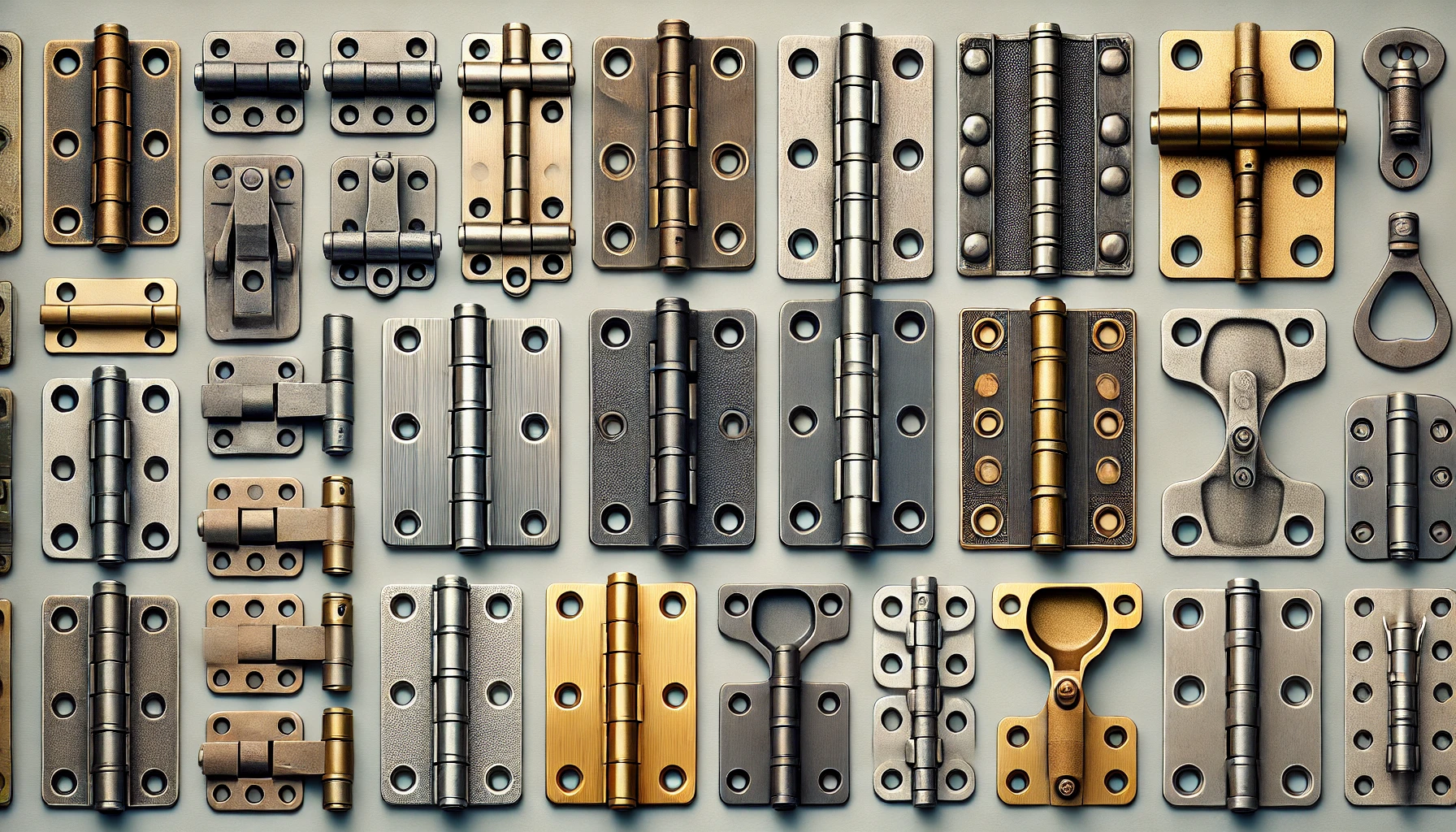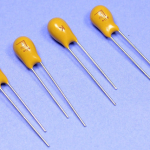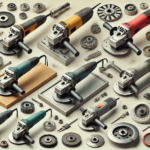
Introduction
Hinges, often overlooked, are ubiquitous hardware components widely used in our homes and structures. Moreover, these simple yet crucial devices allow doors, gates, and lids to open and close smoothly. Understanding the basics and different types is essential for both DIY enthusiasts and professionals, as it helps in selecting the right hinge for a specific application. Our article aims to discuss the fundamentals of hinges, exploring their basic structure, functions, and primary and advanced types.
Understanding Their Basics & Importance
They are hardware devices well-designed to connect two solid objects to pivot or rotate relative to each other smoothly. However, these mechanical bearings comprise two plates (called leaves) joined by a pin, facilitating the swing open or closing of doors, windows, cabinets, drawers, car doors, boxes, and other hinged structures. The importance of a quality hinge lies in its ability to provide support and smooth motion, balancing durability with free movement on a fixed axis. Additionally, they come in various styles, sizes, and materials, each of which suits specific load-bearing capacities and applications.
Exploring Different Varieties
These tools are classified into various types based on their design, material, and application. These include:
Design Based
- Butt Hinges: The most common type, featuring two flat leaves joined by a pin, butt hinges suit various applications, including interior and exterior doors.
- Full Mortise: These are entirely installed within the door and frame.
- Half Mortise: One leaf is inset into the door, while the other is surface-mounted on the frame.
- Surface or Loose Pin: Both leaves are surface-mounted.
- Ball Bearing: These components contain ball bearings within the barrel, providing smooth and quiet operation. They are often used for heavy doors, such as exterior doors and cabinets.
- Piano Hinges: Piano hinges are used for lids, covers, and folding structures.
- Offset Hinges: These can create a gap between the door and the frame, allowing better ventilation or clearance.
- Spring Hinges: These hardware devices contain a spring mechanism that automatically closes the door.
Based on Materials
- Steel Hinges: These are made from steel and are strong and durable. They are suitable for heavy-duty applications.
- Brass Hinges: Offers a decorative appearance and good corrosion resistance.
- Stainless Steel Hinges: Stainless steel models highly resist corrosion and are ideal for outdoor use.
- Plastic Hinges: Plastic options are lightweight and resistant to moisture and chemicals. In addition, they are suitable for specific applications like marine environments or chemical labs.
- Wood Hinges: Used in traditional cabinetry and furniture. They offer a rustic aesthetic but are less durable than metal or plastic options.
Based on Application
- Door Hinges: These components are used for various types of doors, including interior, exterior, cabinet doors, and car doors.
- Window Hinges: They are specifically designed for windows, allowing them to open and close smoothly.
- Gate Hinges: Built to withstand loads of heavy gates and outdoor conditions. They come in various types, such as strap and T-hinges.
- Cabinet Hinges: They are smaller and used for cabinets and drawers.
Specialty and Decorative Hinges: Beyond Functionality
They offer unique functionality than standard ones and include:
- Concealed Hinges: These mechanical bearings are hidden within the door and frame, offering a clean and modern look. Moreover, they are commonly used for cabinet doors and furniture.
- Self-Closing Hinges: Commonly found in kitchen cabinets. They close automatically after being opened.
- Double-Action Hinges: Allows a door to swing in both directions, making them ideal for kitchen doors or other high-traffic areas.
Beyond functionality, they can also serve as decorative elements and include multiple types, such as:
- Ornamental Hinges: These devices feature intricate designs and are often used in furniture or gates to add a decorative touch.
- Vintage Hinges: They are ideal for restoration projects and replicating historical designs.
- Designer Hinges: Custom-made devices that match specific design aesthetics or themes.
What are Heavy-Duty Hinges?
Heavy-duty ones are specifically designed to support and withstand the weight and frequent use of heavy doors, gates, and industrial equipment. They are constructed from high-quality materials like steel or stainless steel and feature reinforced components to ensure durability and longevity. They come in various types, such as industrial, security, and load-bearing hinges engineered to handle heavy loads.
Conclusion: Choosing the Right Hinge for Your Project
Hinges, though small components, yet play a significant role in the functionality and aesthetics of multiple everyday items. With so many options available, choosing the right hinge depends on the weight it needs to support, the type of door or lid, frequency of use, and the desired aesthetic. Overall, consider the hinge’s material, finish, and specific functionality to ensure optimised and long-lasting operations for your DIY projects or professional endeavours.





















